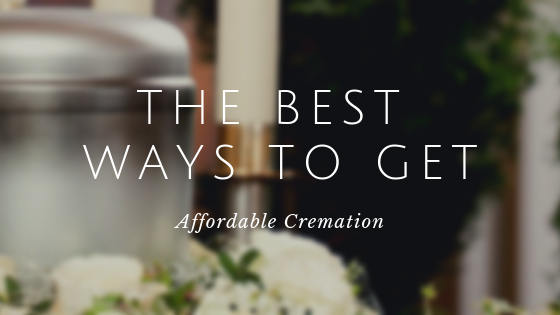If you’re planning to build in an active seismic zone, you must be aware of the risks and take precautions. Earthquakes can cause significant damage to buildings and infrastructure, so you must take all necessary steps to ensure your installation is as safe as possible. This article will discuss some things you need to know when building in an active seismic zone.
What Is A Seismic Zone?
A seismic zone is an area where earthquakes are likely to occur. Several factors contribute to the likelihood of an earthquake in a given area, including the type of rock formation, the presence of fault lines, and the level of seismic activity.
Seismic zones are typically designated based on their risk of earthquakes. The most active seismic zones generally are located along plate boundaries, where plates of the Earth’s crust collide.
Building In An Active Seismic Zone
Dr. Pedram Zohrevand, president of CES4 and expert on civil and general engineering, believes that retrofitting is the best way to protect your building against earthquakes. Retrofitting is strengthening an existing structure to make it more resistant to seismic activity.

There are several things to consider when building in an active seismic zone, including the type of construction, the foundation, and the location of the building.
Working with a qualified engineer with experience designing buildings for seismic zones is important. In addition, all construction should be up to code and meet all relevant building codes and standards.
Types Of Construction
The type of construction is one of the most important considerations when building in an active seismic zone. Masonry buildings, for example, are more likely to collapse during an earthquake than other types of structures. As a result, it’s crucial to use reinforced concrete or steel framing in seismic zones.
The foundation of a building is also vital in seismic zones. It’s important to use a deep foundation, such as piles or caissons to help support the weight of the building. In addition, the foundation should be designed to resist lateral forces, which can cause a building to collapse during an earthquake.
Location And Building Type
The location of a building is also essential when building in an active seismic zone. It’s important to avoid creating on top of fault lines, as this can increase the risk of damage during an earthquake. In addition, you must choose a site with good drainage and is not susceptible to landslides.
As noted by Pedram Zohrevand, retrofitting is especially important for apartment buildings with tuck-under parking. These buildings are particularly vulnerable to earthquakes, as the parking garage can collapse and cause the building to collapse.
When choosing a building type, you need to consider the risk of earthquakes. For example, high-rise buildings are more likely to collapse during an earthquake than low-rise buildings. As a result, it’s important to choose a building type appropriate for the seismic zone.
Natural Disasters
One of the most important things to consider when building in an active seismic zone is the risk of ground shaking. Ground shaking is one of the leading causes of damage during an earthquake, and it can vary significantly depending on the location.
It’s essential to consult with a geotechnical engineer to assess the risks and determine the appropriate precautions to take.
Another important consideration is the risk of landslides. Landslides can occur during earthquakes and can often be much more destructive than ground shaking. If you’re building in an area at risk of landslide, you should take precautions to prevent or mitigate the damage.
Finally, you need to be aware of the risk of tsunamis. Tsunamis are giant waves that earthquakes can generate, and they can cause significant damage to coastal areas. If you’re building in a coastal area at risk of tsunami, it’s crucial to take precautions to protect your building from the waves.
Conclusion
Building in an active seismic zone can be challenging, but it’s important to be aware of the risks and take all necessary precautions. By taking the time to understand the risks and plan accordingly, you can help ensure that your building is safe and sound.
Read Also:






















